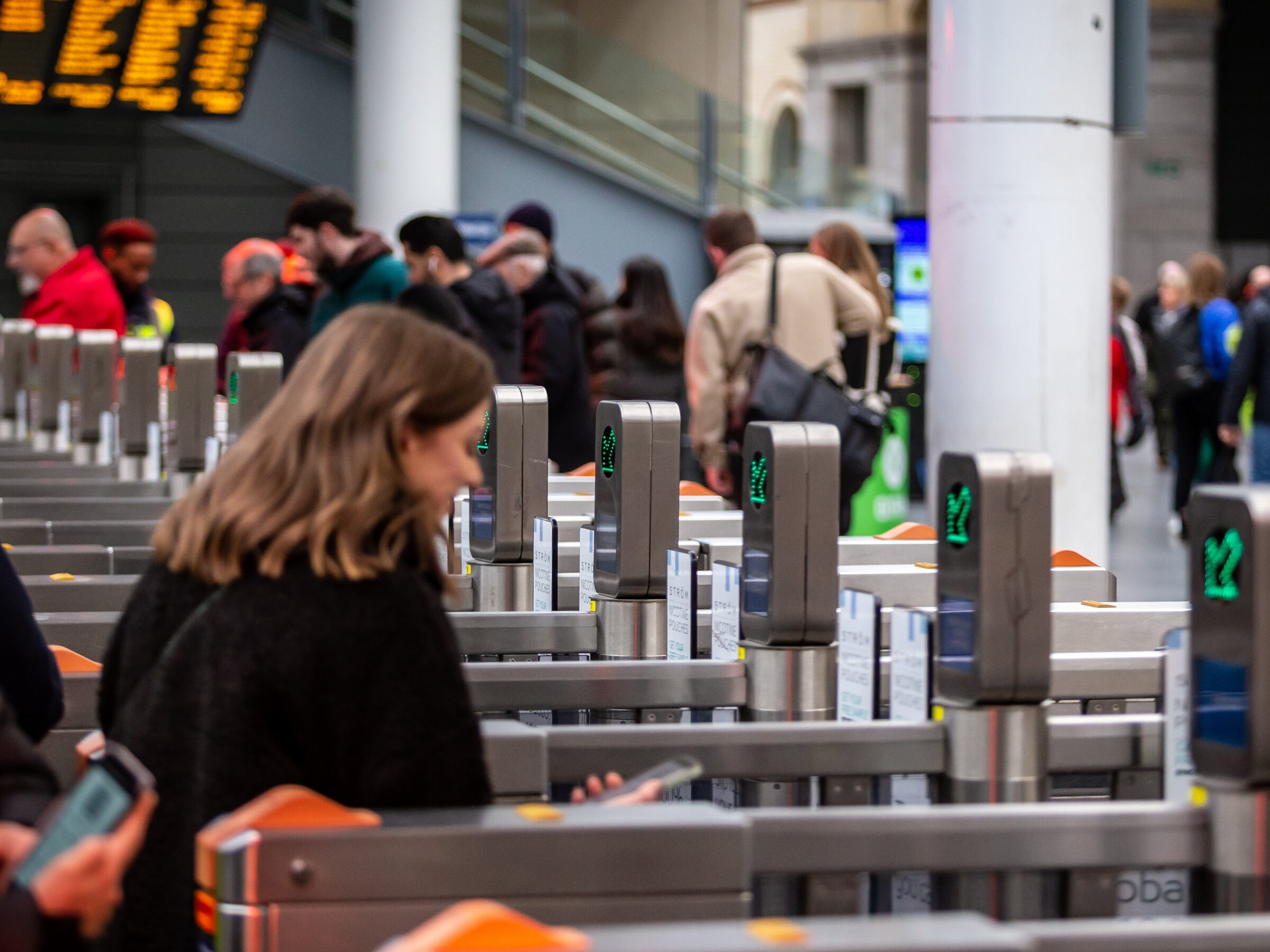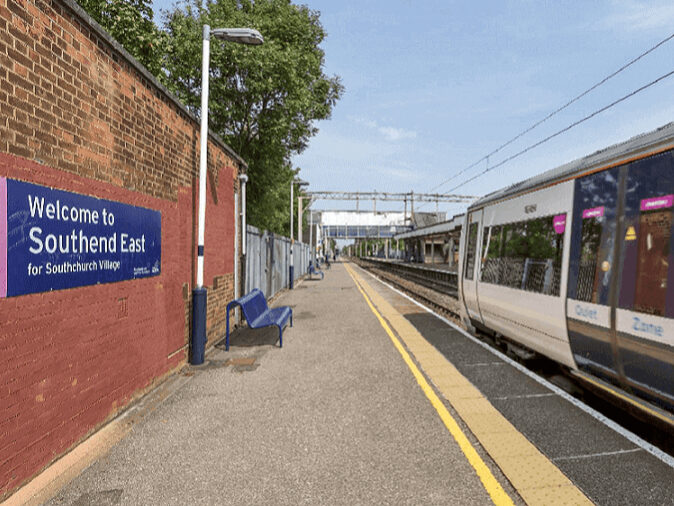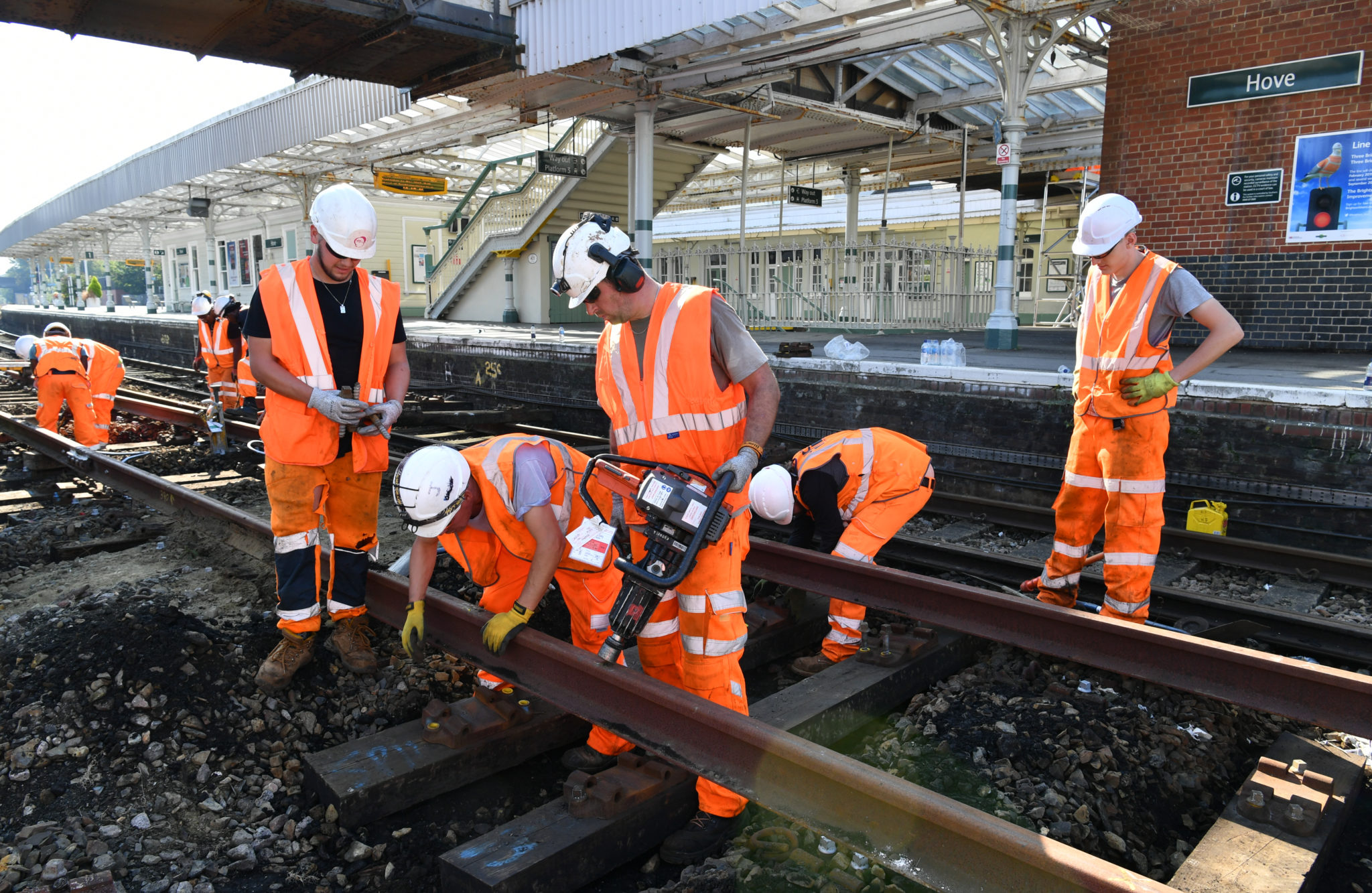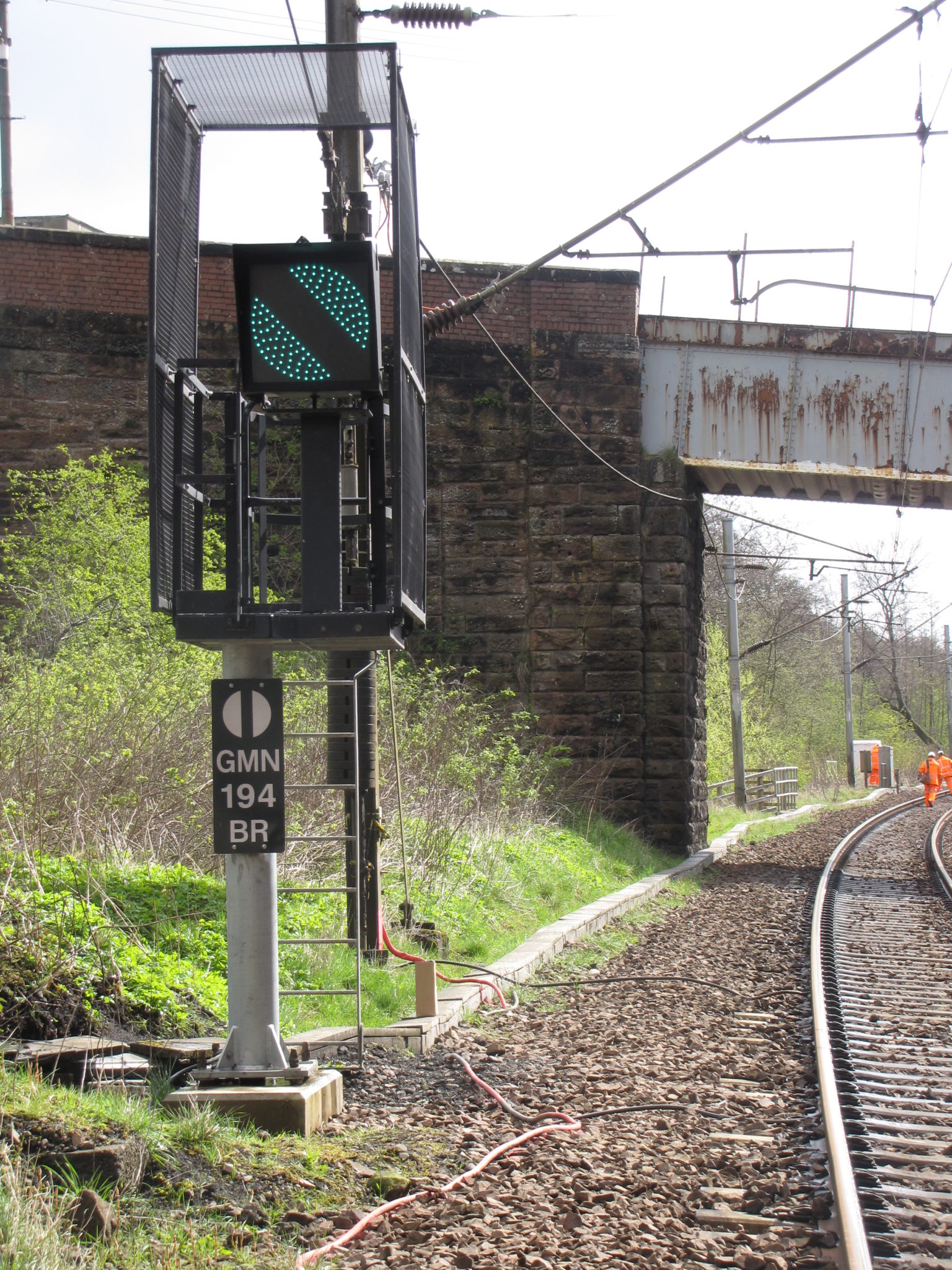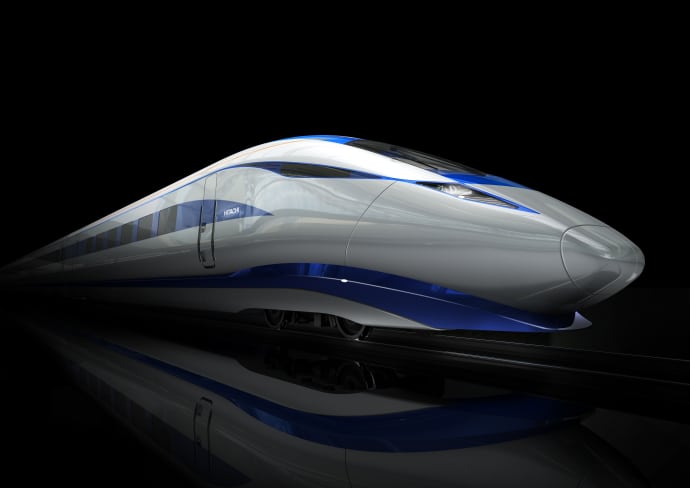Populus was commissioned by Network Rail, the UK’s rail infrastructure manager, to conduct research into drivers’ behaviour around level crossings. Shockingly, it found that one in seven drivers said they would not wait for the gates / barriers at a level crossing to open before driving across.
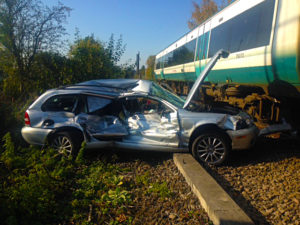
There are 46 vehicle incidents at level crossings every week in the UK. Of these, lorries make up the biggest proportion at 32 percent, while cars come in second at 28 percent. The study results indicate that drivers might not be aware of just how risky their behaviour is, with 31 percent of drivers in the UK reporting that they have not been taught how to behave at a level crossing.
Network Rail says its level crossings are one if its biggest public safety risks, with its 20,000 miles of track being crossed at 3,800 public and private locations.
The study found that drivers gave a number of reasons for their dangerous behaviour, with 45 percent citing their passengers and 30 percent citing concern at missing exams or hospital appointments.
One particularly alarming finding was that 11 percent of respondents said they would drive over level crossings if they felt confident no train was coming based on their knowledge of the train timetable. It is important for drivers to be aware that freight trains and other non-listed services operate on these lines as well and travel through level crossings at speeds of up to 100mph.
Allan Spence, Head of Public and Passenger Safety, Network Rail, said:
“It’s clear that there is a lack of knowledge around how dangerous railway crossings can be. We are seeing drivers take risks at level crossings every day – putting themselves and others in danger. Nothing is worth risking your life over, just to save a few minutes of time.
“We are investing more than £100m to improve level crossing safety across Britain as part of the Railway Upgrade Plan, but we also need drivers to obey the law at level crossings. By staying behind the barrier until it is safe to cross and paying attention to the warnings at level crossings, we can all keep ourselves and those in our vehicles out of harm’s way.”
Level Crossing Safety Campaign
Network Rail has teamed up with the British Transport Police to increase awareness of level crossing safety in a national safety campaign that is aimed at drivers. It highlights the dangers of disobeying safety instructions at level crossings. As part of this safety campaign Network Rail will hold safety events.
Inspector Becky Warren, British Transport Police, said:
“We run a number of activities at level crossings throughout the UK. We want to raise awareness, help to educate drivers in how best to use level crossings and the potential dangers and consequences of deliberate misuse. Failing to stop when the lights come on, or worse still when the barriers start to come down, not only puts you and others in danger but these are also offences which will lead to you being prosecuted.”
Network Rail wants drivers to be aware of the following points:
- Instructions on signs must always be followed
- Drivers must obey visual and audible warnings of trains approaching
- Drivers must never drive through red lights or circumvent barriers
- There is often a telephone provided that drivers can use if they are unsure as to how to proceed
- In the event that there is no such telephone and drivers are unsure, it is safer to find an alternative route
- Drivers must never enter a level crossing unless the exit is clear

















